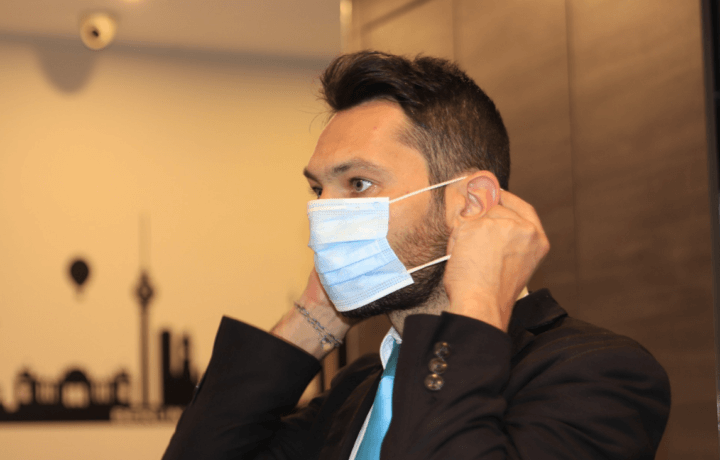Many agencies that hire cleared professionals are starting to open their doors to welcome back a wider number of employees over the next couple of months. Re-entry requires employers facilitate their workplace to enter with their best foot forward. This begs leaders to take time to set the mindset, work to decrease organizational stressors, and encourage employees to bring their best selves to work.
Communication is Key
Through all means and modes of communication, it remains critical to explain, frame, and work to explain the decisions made to return into the office space. Good communication from leaders writes about the accomplishments of national security as well as sets the right tone by ensuring the safety and well-being of the workforce. By focusing on responsibilities of those within the organization, it reiterates the importance of returning into cleared spaces. Highlight the accomplishments and changes during the past months and how great employees created opportunity for changes in the mission space.
Be Quick to Listen and Slow to Act
When returning into cleared workspaces as a larger workforce together, again the saying, “slow is smooth and smooth is fast,” fits as a reminder of why a paced deliberate opening works best. Slow down to understand the team’s well-being and their acceptance and implementation of current and the next decisions. Everyone grieved the loss of their work as they conducted it in the past. Couple that with exhausting family responsibilities and testing new ways to sustain production. The fear level of employees together in shared spaces remains sensitive for some employees. Take steps to care about employees and do more than listen.
Principles of Prediction, Understanding and Control
Leaders who express concern and demonstrate actions are most capable of a smooth return when following the principles of prediction, understanding and control.
- Prediction provides clear direction on how to keep employees safe. By announcing procedures in place when returning to work protects everyone.
- Understanding this change in the workplace requirement necessitates an explanation of why. This dampens anxieties that fuel rumors. Work to repeat the comments about the work place plans and safety over and over again. A “one-and-done” approach does not work.
- Control over what happens to employees gives them a feeling of power within. Those in cleared jobs reported much less stress when they reported having more control over their work.
How to Encourage Employees
When employees are back, encourage them to return with new eyes. As leaders have become more flexible about how and when employees do their work, so too have employees created or developed new and varied solutions to problems. Highlight employees doing the right things in unique ways as they challenged the way it was done. A way to encourage employees to bring their best selves to work is by gathering small teams, appropriately distanced, and asking the following four questions:
- What three words best describe you?
- What is unique about you that leads to your gladdest moments?
- What is an example of you conducting your best work or performance?
- How can you bring that excellence into your current job?
True Learning Organizations Are Agile
As they return into the workplace, employees will learn from each other and experiment with the newly created and adaptive methods for work. With a feeling of safety and an ability to learn from their mistakes, organizations will adapt. A culture in which employees feel comfortable making mistakes, speaking up, and generating innovative ideas is a true learning organizations.
Reframing the way employees abruptly shifted from working from an office to working at home and now back again requires patience. Constraints by physical distancing and use of personal protective devices now where face-to-face interactions occur used to occur are physically observable changes to new differences. Moving back into work requires leaders with a more nuanced approach. This necessitates change from an immovable culture that promoted consistency and conformity to a flexible cultures that celebrates and draws on employees strengths.




